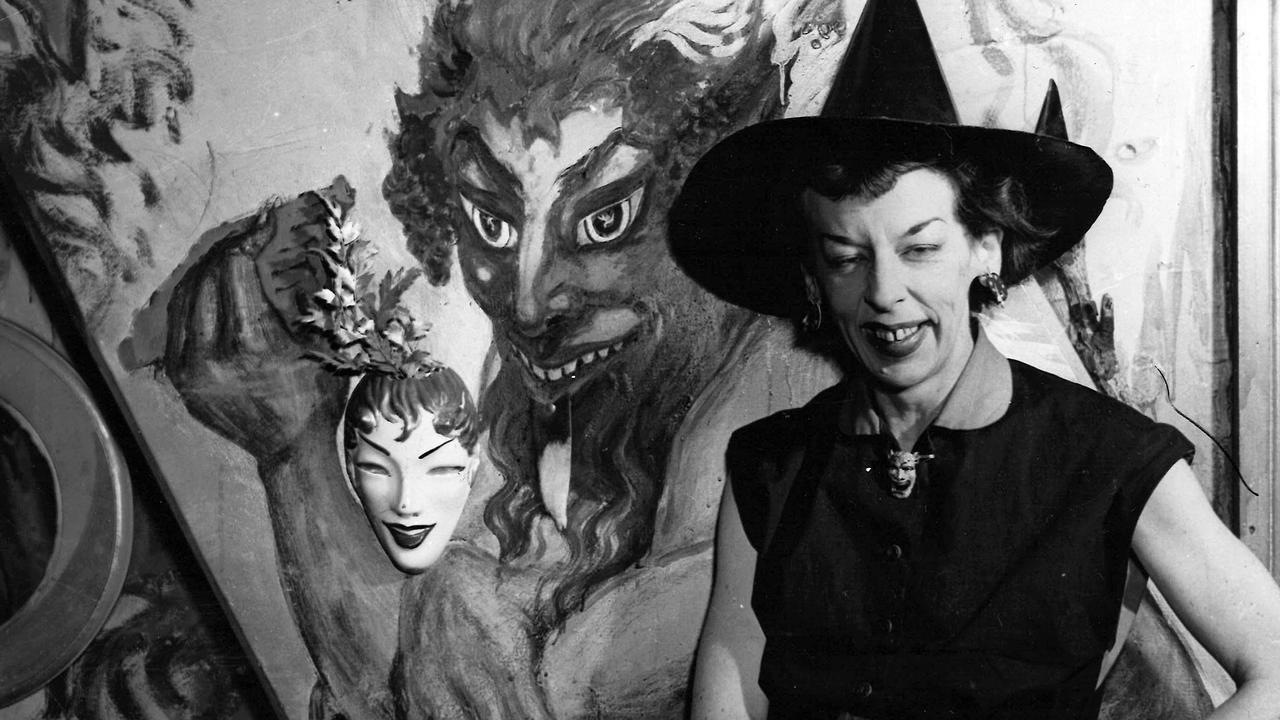Melbourne’s most eccentric characters throughout history
Victoria’s history is dotted with tales of eccentric and colourful characters, from psychics to entrepreneurs and women ahead of their time.

In Black and White
Don't miss out on the headlines from In Black and White. Followed categories will be added to My News.
From a musical genius who left his skeleton to the museum, to a real-life Sherlock Holmes who worked undercover in blackface, Victoria’s history is littered with tales of eccentric characters.
Ranging from psychics to detectives to entrepreneurs, they share a common proclivity for outrageous outfits, nonconformist lifestyles and a creative bent.
Here are 10 of the standout eccentrics from Victoria’s history.
Listen to their remarkable tales in the In Black and White weekly podcast on Australia’s forgotten characters:
PERCY GRAINGER
Born in 1882, the well-to-do boy from Brighton became a brilliant composer and pianist, and was equal parts eccentric and genius.
Grainger was known for making his own clothes from towelling and wheeling his favourite piano stool from concert to concert in a wheelbarrow.
His well-documented sex life was so violent he feared it would kill him, and he once wrote: “I am a sadist and a flagellant — my highest sexual delight is to whip a beloved woman’s body.”
Grainger also was an avid collector, and among the strange personal items he gathered were whips, bloodstained shirts and photos of the results of his self-flagellation.
He left his skeleton to the museum in Melbourne that he established in his own honour, and it’s been suggested he wanted his bones to be used as a wind chime.
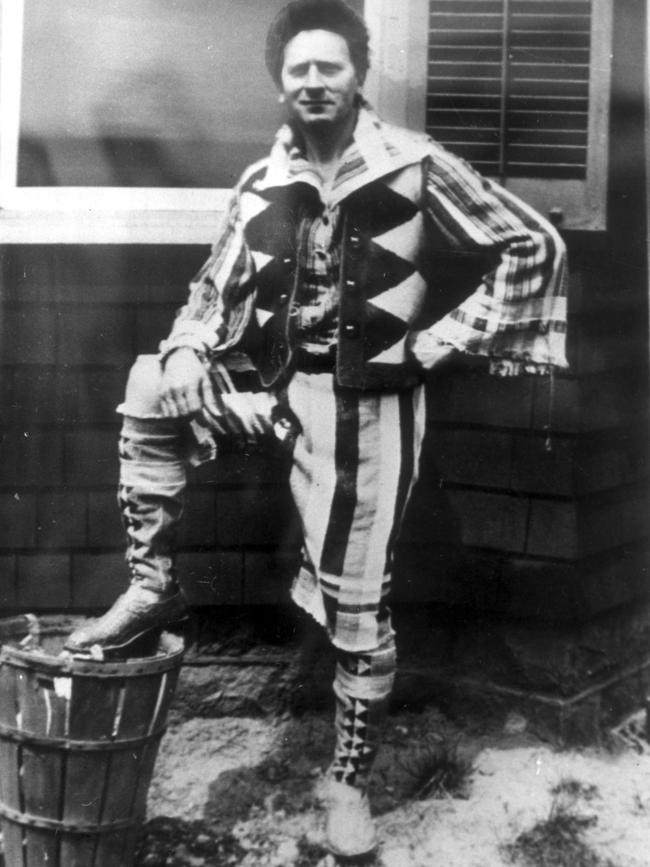
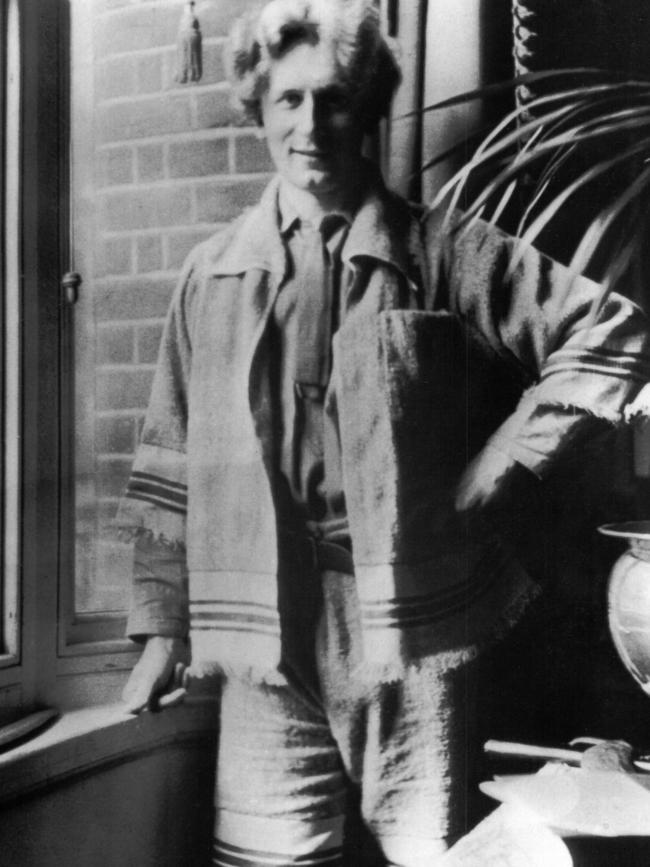
EDWARD COLE
Imagine Willy Wonka’s chocolate factory as a bookshop instead and you’ll have a pretty good handle on Melbourne’s famed Cole’s Book Arcade.
EW Cole was the eccentric entrepreneur behind the three-storey shop in the heart of Melbourne that was as much circus as department store.
The shop featured talking birds, live monkeys, a hall of mirrors, live bands, a lolly shop, a Chinese tea salon, a music department and more.
It took off in the prosperous Marvellous Melbourne era of the 1880s, and Cole’s became a must-see destination for any visitor to the city.
Cole was a leading figure in Melbourne’s booming community of rich and powerful believers in spiritualism – who “talked” to the dead in seances – and his wife became a medium.
He’s also remembered for creating Cole’s Funny Picture Book, a whimsical publication with a sinister edge, which became a dog-eared favourite for generations of Australians.
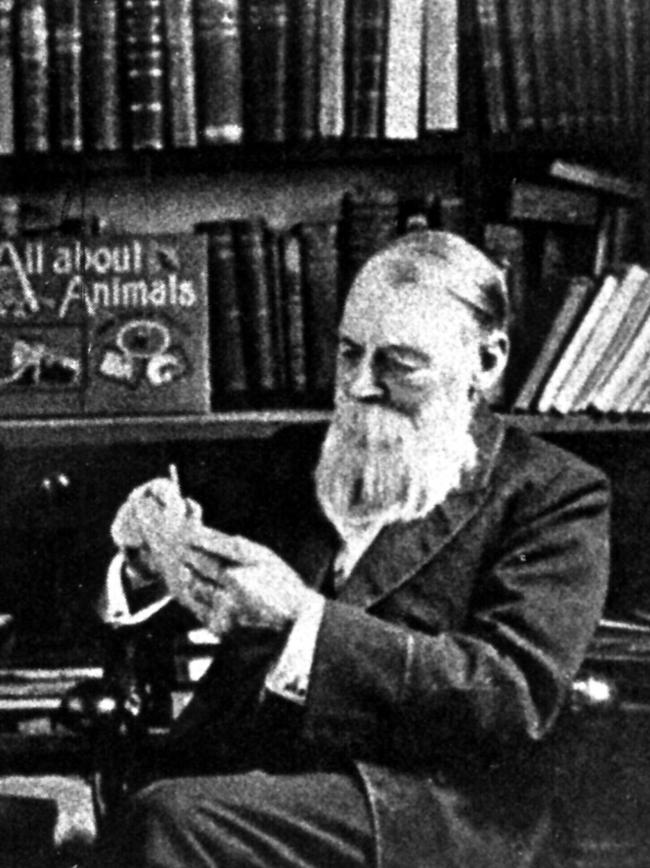
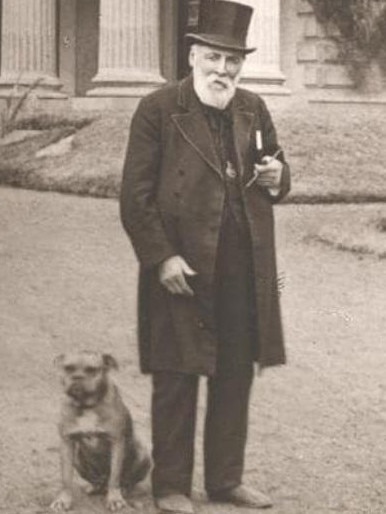
CARL VON LEDEBUR
One of Essendon Football Club’s first trainers was also a quack doctor, con artist, drug fiend, rapist, burglar and suspected murderer.
Von Ledebur pulverised testicles of dogs, sheep, guinea pigs and goats with a mortar and pestle and injected the fluid into patients to boost testosterone and other hormone levels.
The details of the strange story have come to light thanks to historian Michael Shelford from Melbourne Historical Crime Tours delving through old police files and newspaper files.
Despite serving time in prison for burglaries, von Ledebur was hired as trainer by Essendon, and the team won three VFA premierships in a row from 1891-’93 under his care.
Later, he became a “electrotherapeutical medical practitioner”, treating various ailments by runnings electric currents through patients’ bodies.
LL SMITH
Dr Louis Lawrence Smith created an “adults-only” wax model museum of body parts damaged by STDs to drum up patients for his medical practice.
Customers paid a shilling to enter the Museum of Anatomy, ostensibly with the intention of being educated on sexual health – a highly taboo topic at the time.
The museum was closed down after several years for offending taste, but not before driving up business for Smith, renowned as the man to see for treating venereal disease.
In 1867, Smith also infamously staged a free public banquet in Melbourne called “the Feast for the Poor” in honour of Prince Alfred – which turned into a food riot.
In what was called a “bacchanalian picture of unbelievable horror”, food was hurled and giant vats of wine overturned when word spread that the party-boy prince was a no-show.
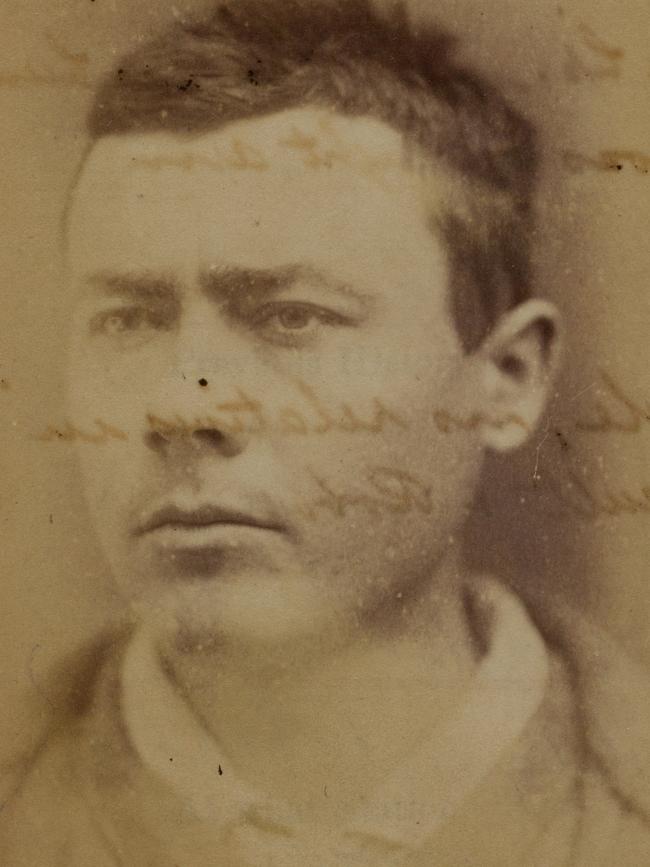
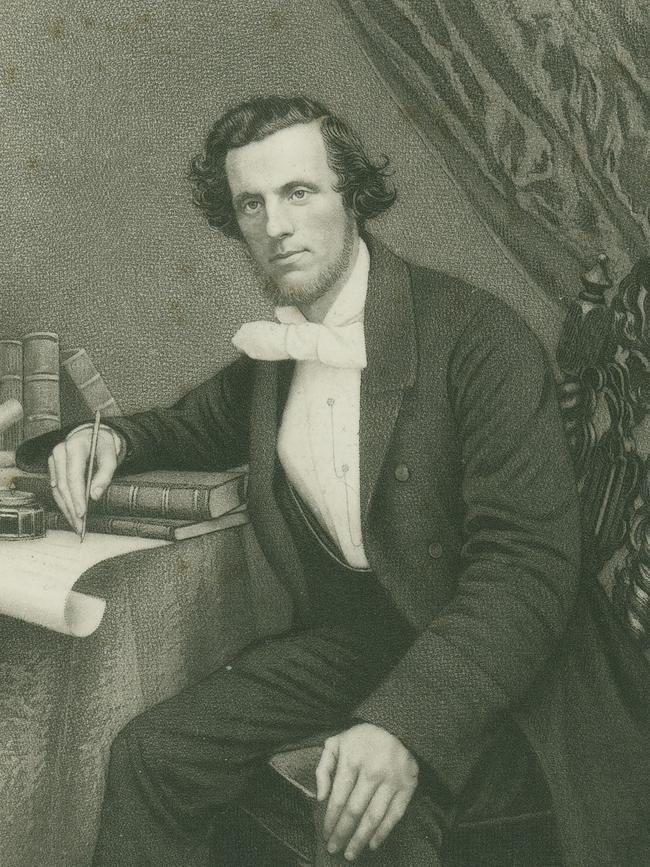
MACPHERSON ROBERTSON
Known as “Australia’s Willy Wonka”, Sir Macpherson Robertson was an eccentric confectionery king and marketing genius every bit as colourful as the fictional character.
Robertson, who created such classics as the Freddo Frog and Cherry Ripe, started out making sugar mice in the bathroom of his mother’s home in working-class Fitzroy in 1880.
By 1900, his company, MacRobertson’s, was the biggest confectionery works in Australia, and his sprawling Fitzroy factory painted all in white was dubbed the Great White City.
“MacRob” became an iconic figure in his white suit and hat and would often be seen in public riding in a carriage through the streets of Fitzroy pulled by two white ponies.
Known for his grandiose self-promotion, MacRob organised his 3000 staff to line Melbourne’s streets for a welcome home parade with bunting and streamers when he returned from an overseas tour in 1927.
A fitness fanatic, MacRob worked out in his gym daily and could still jump a 142cm bar in his 60s.
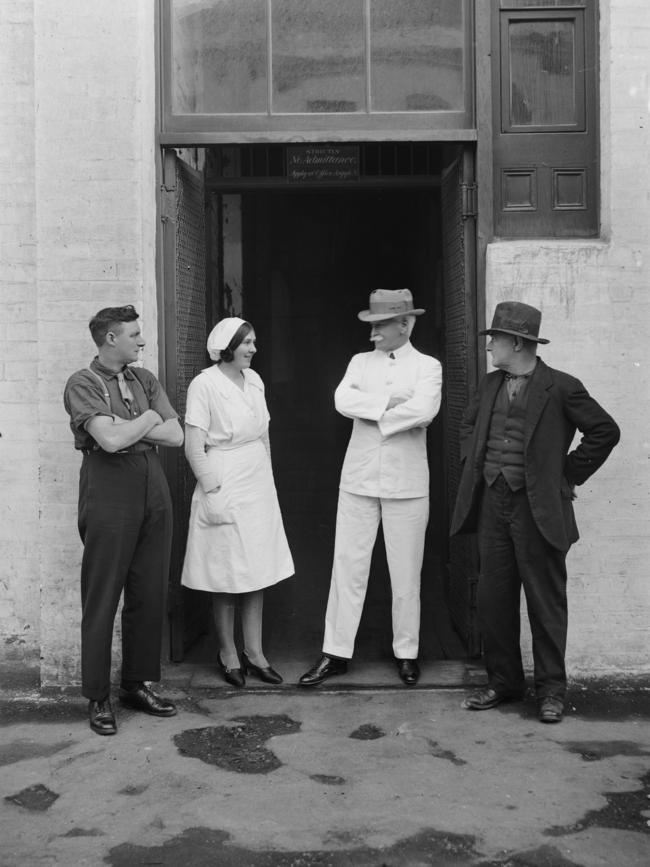
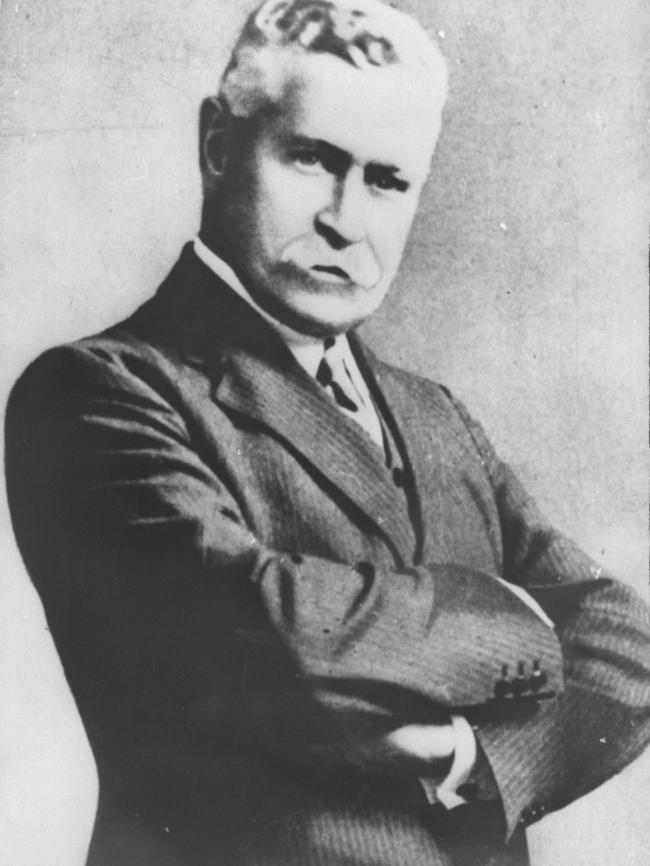
JOHN CHRISTIE
He’s been dubbed “Australia’s Sherlock Holmes”, and he was a master of disguise every bit as crafty as the fictional sleuth.
Known for his outlandish undercover exploits and bizarre disguises, the Melbourne police detective became the scourge of Melbourne’s smugglers, forgers, drug traffickers and thieves.
Christie went deep undercover in an array of creative disguises, including a travelling tinker and an Anglican pastor, to crack cases.
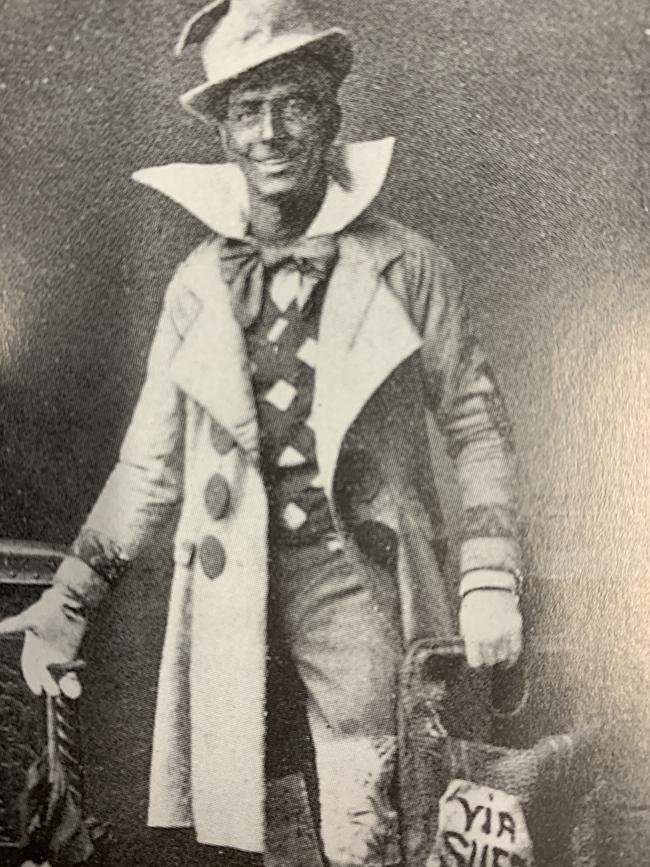
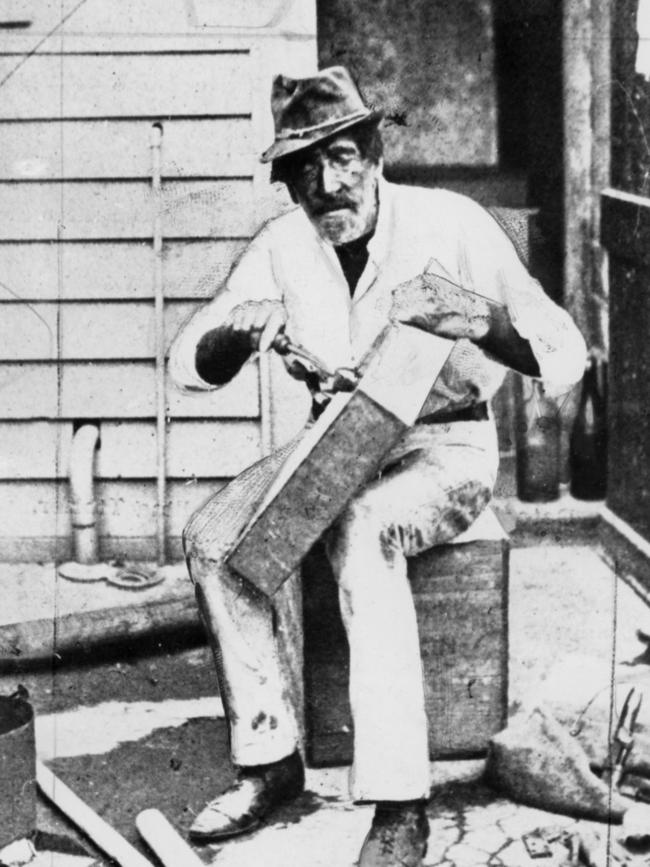
Christie became a police detective in Melbourne in 1867 — 20 years before Arthur Conan Doyle created Sherlock Holmes.
To solve one case, the Scottish-born detective dressed up as an African-American minstrel, complete with blackface, colourful costume, pantaloons and a banjo, to catch a thief.
The “minstrel” travelled from pub to pub, playing music and singing, and successfully flushed out the thief who fell for the disguise, even after his arrest.
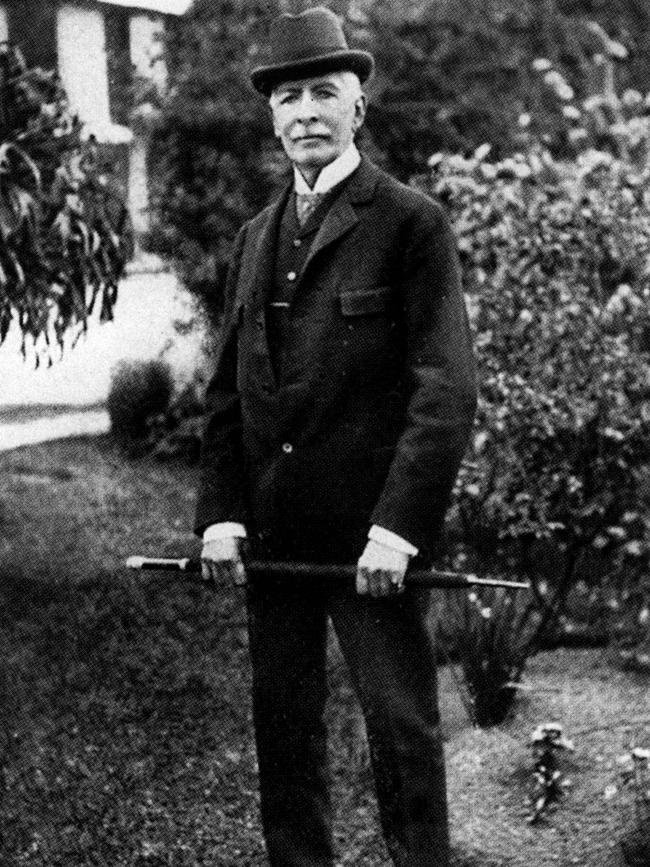
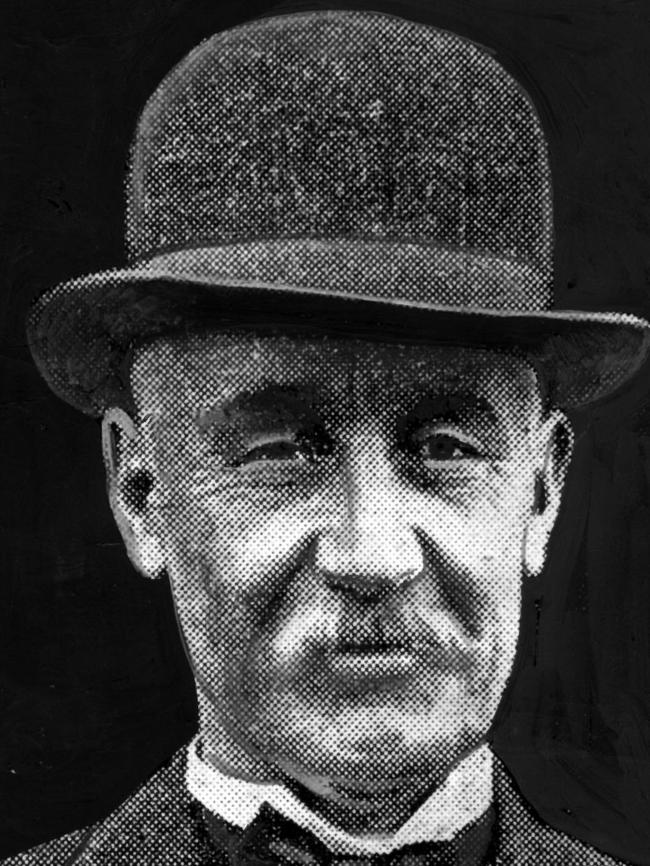
ALICE ANDERSON
At a time when some men were even questioning whether women should drive a car, Alice Anderson was making her name as a motoring pioneer and adventurer.
Growing up in the bush, teenage Alice saved the life of a drunk woodcutter whose throat was slashed with a broken beer bottle, by sewing him up with horse tail hair while four men held him down.
As a 20-year-old, Anderson started Australia’s first “all-girl” garage, in Cotham Rd, Kew, just as the arrival of the automobile was revolutionising Melbourne’s roads in the early 1900s.
Ms Anderson’s Motor Service prospered during World War I and the 1920s, with the all-female staff working as mechanics, chauffeurs, tour operators and driving instructors.
Days after returning from a celebrated road trip in a Baby Austin on and off road from Melbourne to Alice Springs, Anderson died mysteriously at age 29 from a gunshot wound to the forehead while cleaning guns at her garage.
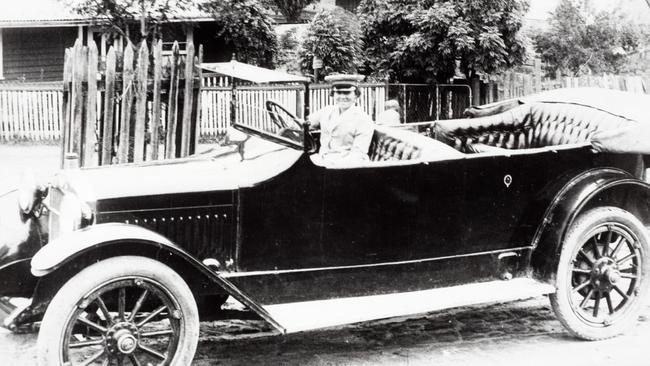
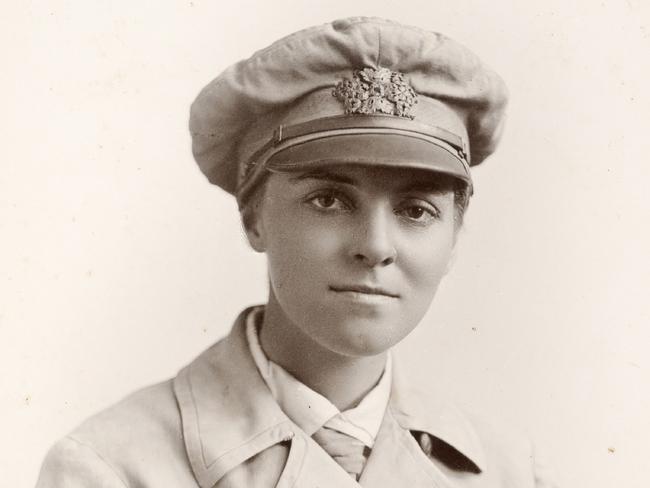
JAMES BEANEY
James Beaney – aka Champagne Jimmy – prescribed booze to patients, operated wearing diamond rings, and served champagne in surgery.
In one month in 1883, Beaney saw 63 patients and prescribed 122 ounces of brandy, 101 bottles of ale or porter, and two bottles of champagne.
He was also dubbed Diamond Jim because of his ostentatious frock coats and jewellery, including a bejewelled gold fob watch and diamond rings on most of his fingers.
A shameless self-promoter, he earned a fortune thanks to his reputation as a risk-taker who would operate when no other surgeon would dare.
Beaney once displayed a patient’s huge bladder stone in a Collins St bookseller’s window to promote his services – omitting the fact the man had died during the botched surgery.

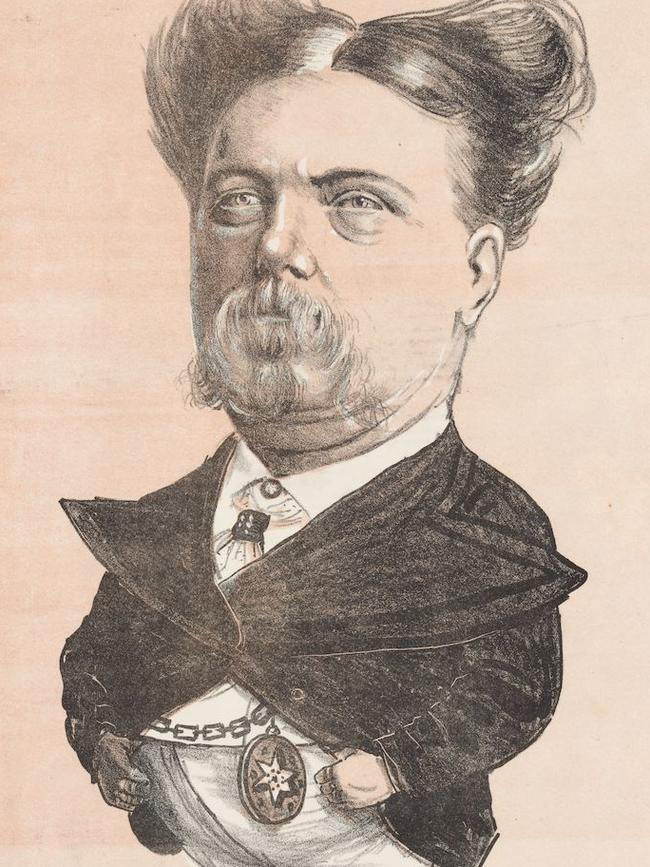
NANCY WEIR
A celebrated classical pianist born in Melbourne, Nancy Weir’s career was put on hold when World War II hit and she became a “musical spy” for the Allies.
She shot to fame as a child prodigy when she performed in the Melbourne Town Hall at age 13 with the Melbourne Symphony Orchestra.
During the war, Weir worked for RAF Intelligence in Europe, where she was a rare asset thanks to her fluency in German, acute listening skills, and phenomenal memory.
She once mentioned her WWII duties included “sitting on a hilltop in Kent listening to the chatter of young German pilots … I think I prevented a few bomb attacks”.
In later years, Weir became part of Queensland’s music establishment, where she was known as a gregarious and eccentric music teacher who lived life on a large canvas.
While Weir never detailed her war role publicly, stories abound among her former music students of her being parachuted behind enemy lines to spy for the Allies.
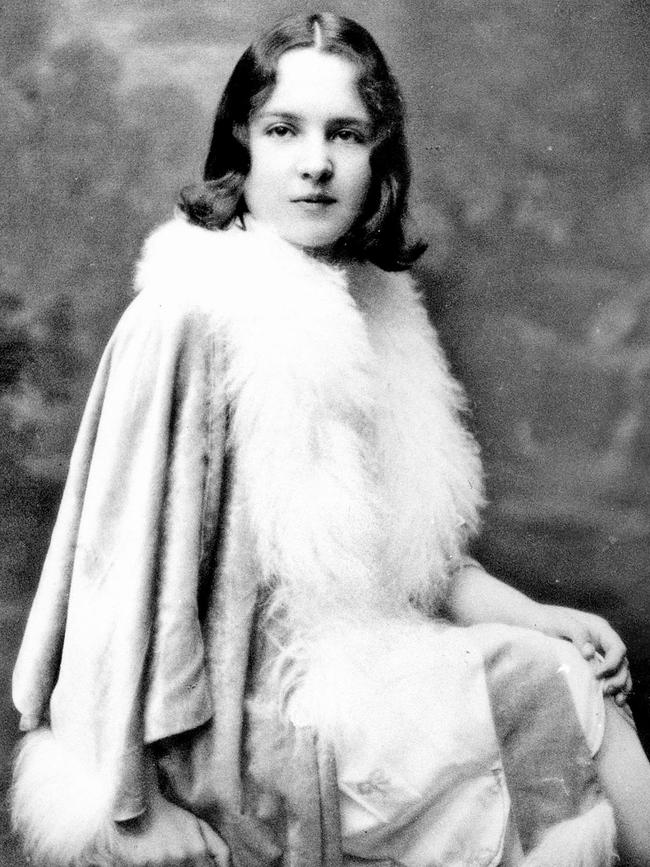
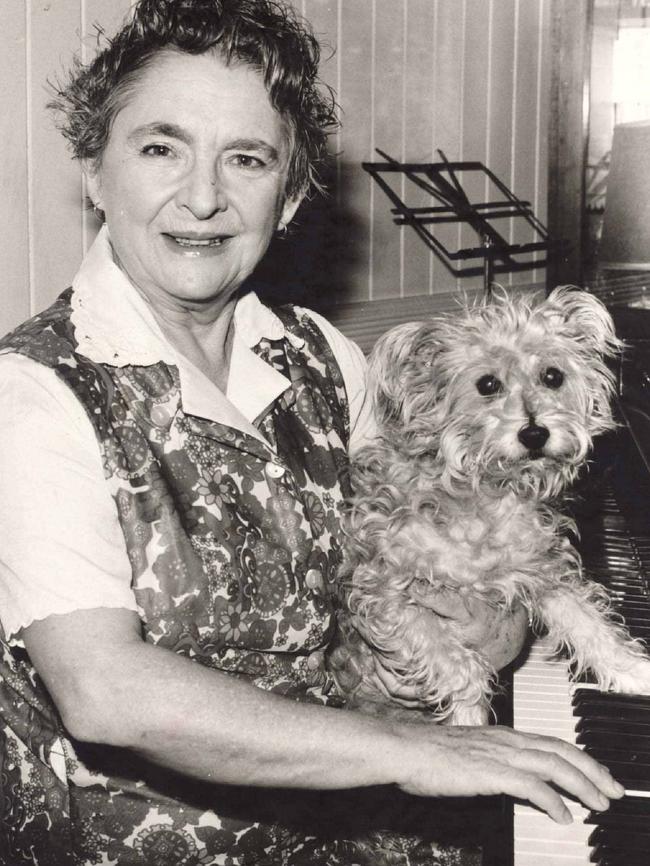
THOMAS WALKER
By age 16, English-born Thomas Walker was working as a medium in Toronto, tricking customers by using phosphorus to make illuminated messages from the dead appear in the dark.
During one seance, he set himself on fire and his client died, and though Walker was found responsible he had fled Canada the morning after the accident and escaped justice.
Walker delivered his first Melbourne lecture in a trance while controlled by Giordano Bruno, a Dominican friar and occultist burned at the stake in 1600 for saying Mary was not a virgin and sacramental wine was not the blood of Christ.
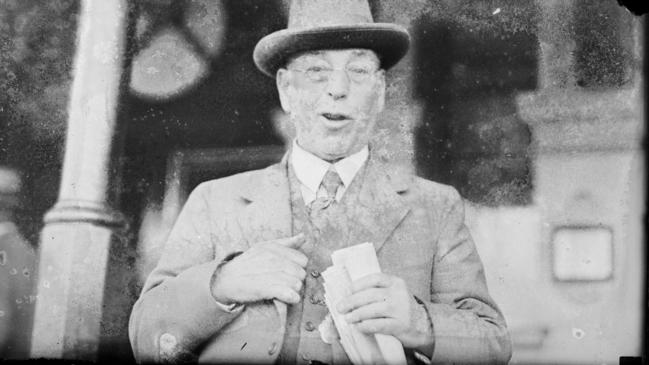
Walker, whose story appears in new book Girt Nation, by David Hunt, denounced spiritualism in his mid-20s in 1882, admitted he was a fake, and turned to politics.
Despite yet another scandal when he shot a clergyman while drunk in Redfern in Sydney, Walker rose to become Western Australia’s Attorney-General.
Tune in every Thursday to hear a new episode of the In Black and White podcast on Australia’s forgotten characters on Apple Podcasts, Spotify or web, or browse our back catalogue of more than 130 episodes.
See In Black & White in the Herald Sun newspaper Monday to Friday for more stories and photos from Victoria’s past.




